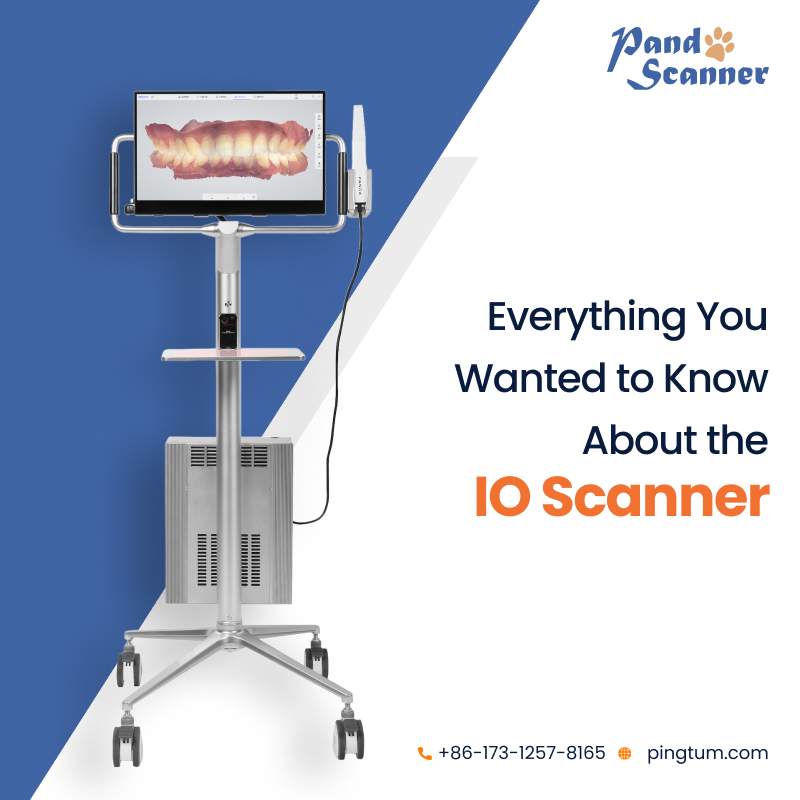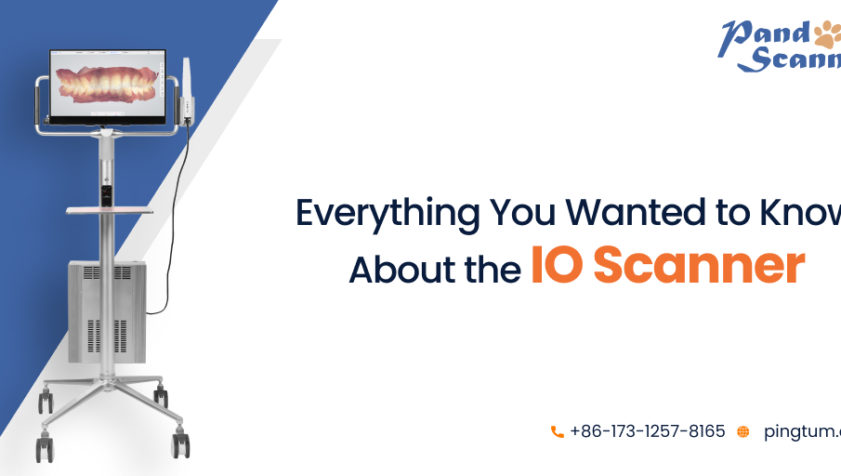Imagine keeping your mouth wide open for hours while the dentist is getting rid of the decayed tooth from the gum. In earlier times, dental treatment was messy, uncomfortable, and time-consuming. Those days are over, well almost. With the advancement in technology, the field of dentistry has evolved to a great degree. Nowadays, dentists have sided with the features of technology because they ensure accuracy and smooth functionality.
With oral scanner dentistry, dental professionals can have accurate analog impressions to determine the course of treatment. Read on to find out about how an intraoral scanner can benefit dental treatments in contemporary times.

Is an intraoral scanner easy to use?
Once you have the correct training, using an intraoral scanner is very easy. In fact, using this technology is not difficult, but different. Just like you require training to use an instrument in any field, it is just similar here. In short, this is an advanced technology that has made dental procedures comfortable and done in a short time.
Does the intraoral scanner save time?
As mentioned earlier, it can save a lot of time compared to the traditional method. When compared to polyether impression materials that have a working/setting time of six minutes, the lower, upper, and occlusal scans can be completed at the same time with an intraoral scanner. Once it’s done, the scan is shared with the laboratory to develop the retainers using 3D printing technology.
How much time does it take to be adept at using an intraoral scanner?
Dental professionals require a maximum of 15 to 20 minutes of training to work with an intraoral scanner. Although some dentists learn it in a short time, one can get an idea only after using it on the first five patients.
Is an intraoral scanner more accurate than traditional impression?
According to studies, an intraoral scanner offers more accuracy than the conventional impression process. It helps to determine any dental issues and take the right course of action for treatment. Today, the debate is about which scanner stands out as the best. Well, the Panda scanner can be considered to be one of the best ones in all aspects. It is considered to be the smallest and quickest dental scanner in the world.
Can you try it before buying?
If you buy an intraoral scanner for the first time, it is better to understand whether it is right for your needs. Besides, most companies have a sales team that conducts demonstrations for their customers.
Does an intraoral scanner work like a camera?
The short answer is “Yes”. It’s a technology that captures 2D color pictures while scanning the inside of your mouth. In such a case, dentists find it easier to communicate with lab professionals regarding the requirements. Also, it serves as great evidence, if needed for medical-legal reasons.
Can it be used with short-term orthodontic appliances?
Most intraoral scanners are usually compatible with orthodontic appliances. However, it would be wise to check the manual and specifications to gain information regarding this subject.
Is an intraoral scanner a trustworthy investment?
It is undoubtedly a great investment based on the benefits it provides to dental professionals and patients. Additionally, it saves time, is comfortable for both patients and doctors, and is an easy-to-use and tidy process. In other words, it’s a great investment for any dental professional.
How to choose the right intraoral scanner?
Before buying an IO scanner, it is advised to do extensive research online so that you can find the best according to your needs. Checking the product reviews, forums, and conversations in the dental communities will help you get a detailed idea to make a choice for the right intraoral scanner as per your requirements.
Conclusion
On a concluding note, intraoral scanners are versatile enough to help dental professionals throughout a busy day. Besides, it is based on artificial intelligence that helps in managing a dental procedure seamlessly. Overall, it’s one of the best technologies in dentistry that assures correct results for the doctor, lab technicians, and patients.






